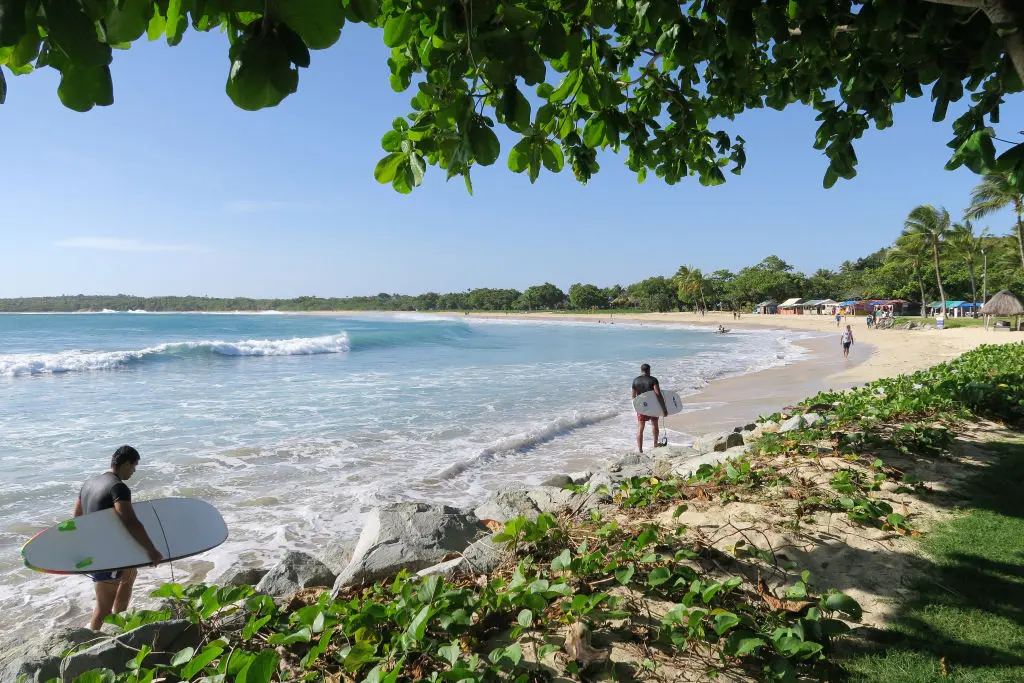Students are struggling and so are teachers.
That’s the conclusion of a scathing review into Australia’s education sector with the number of students failing literacy and numeracy standards not budging despite extra funding being pumped into schools.
The Productivity Commission review of the National School Reform Agreement found almost 90,000 students each year failed to meet minimum reading or numeracy standards.
Indigenous students were three times more likely to fall behind at school, the report found, as were those with parents who had lower levels of education.
Commissioner Natalie Siegel-Brown recommended Australian governments commit to firm literacy and numeracy targets to lift results.
“Targets do not guarantee success but they create a clear direction for reform and make governments accountable,” Siegel-Brown said.
The commissioner said a lack of data for students in regional and remote areas, as well as those with a disability and from disadvantaged backgrounds, meant states and territories weren’t being held accountable.
As well, teacher shortages meant they often had to teach subjects they were not trained for.
Federal Education Minister Jason Clare said the report was “pretty damning” and while Australia had a good education system, it could be a lot better.
“I don’t want your chances in life to be dependent on where you live,” Clare said.
“But this report tells us if you are a child from a poor family, Indigenous, from the bush, you are less likely to meet the standards.”
Clare said school funding needed to be tied to education reform and be targeted.
“This report doesn’t say, ‘cut funding for schools where they’re not getting results’,” Clare said.
“What it’s saying is, ‘get targeted reforms in place to help those schools’.”
The Australia Education Union said the government also needed to look at inequitable funding arrangements between public and private schools.
The union’s president Correna Haythorpe said there has been a “denial of full and fair funding” for the 2.7 million kids in Australia’s public schools, which was overlooked by the review.
“The current funding agreements are so deeply flawed because they leave public schools way below the minimum funding standards,” Haythorpe said.
“Improving educational outcomes for all students cannot be separated from school funding.”
The Independent Education Union’s Queensland and Northern Territory branch secretary Terry Burke said educators were overwhelmed by admin work and their students’ results would not improve unless teacher workloads improved.
“Paperwork, more red tape and an obsession with data are sucking the life out of our profession,” Burke said in a statement.
The federal government is working to address teacher shortages in rural areas by offering to scrap student debt for teachers who spend four years teaching in a remote community.
It will save teachers an average of $35,000 (US$24,370), with up to 2000 people able to immediately benefit and an additional 500 extra teachers expected to become eligible each year.





